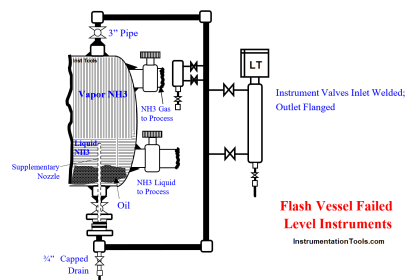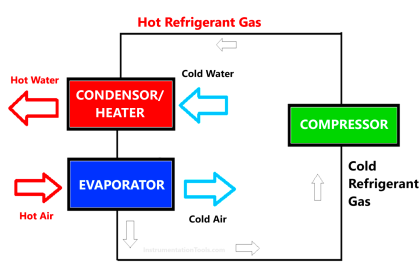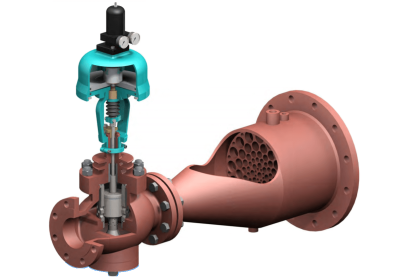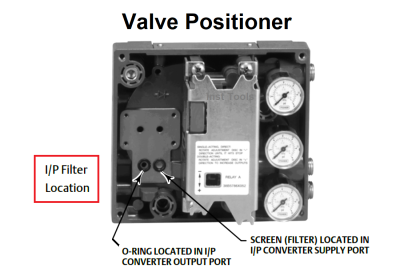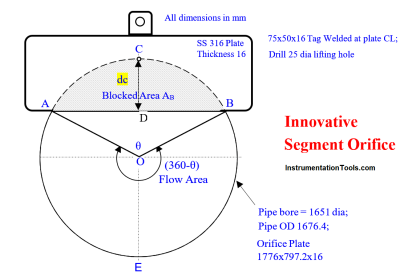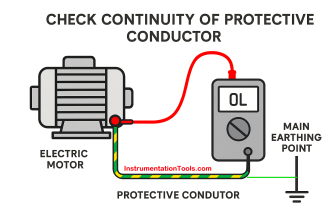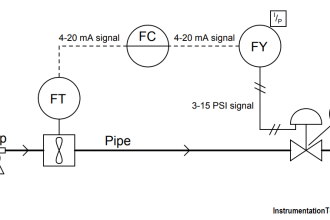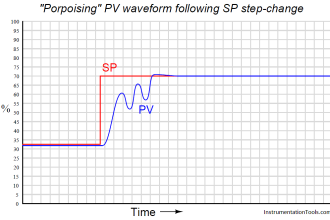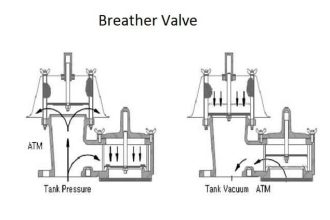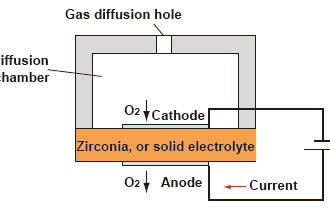Root Cause Analysis (RCA): There is a near-miss incident reported on a compressor anti-surge control.
| Article Type: | Root Cause Analysis (RCA) |
| Category: | Mechanical |
| Equipment Type: | High Speed, Hi KW Major Rotating Machines |
| Author: | S. Raghava Chari |
Note: This root cause analysis (RCA) is from real-time scenarios that happened in industries during the tenure of one or two decades ago. These articles will help you to improve your troubleshooting skills and knowledge.
Compressor Anti-Surge Control near-miss incident
Compressor (K-601) HP case anti-surge control 3” 1500 # RTJ flanged ball valve (V1) passed excessively and leaked heavily at the stem after 2 service years.
The all welded up V1 permits no dissemble; hence no repair either. The plant engineer found the same company made 3”x1500 # butt weld end valve (V2).
On his request, the workshop welded flanges to V2. V2 went online. On start, K‑601 surged heavily; an alert operator tripping the turbine averted K‑601 wreck.
The author root cause analyzed the near-miss incident to resume production ASAP and surge prevention.
Author RCA solution
The author got V2 taken out, compared V1.and V2 placed side by side.
His observations are:
| # | Observations | V1 | V2 |
| 1 | Upstream & Downstream 8×3” pipe reducer small-bore dia measured in the field | 60 | 60 |
| 2 | Ball Bore dia | 80 | 80 |
| 3 | Valve inlet and outlet nozzle bore dia | 80 | 60 |
Author Conclusions
- V2 60 mm nozzle bore dia reduces the system already marginal flow capacity even below requirement; hence the surge and near miss compressor wreck
- Catalog shown V2’s 70% V1 flow capacity confirms the author’ deduction
Immediate Solution
He checked and found even after nozzles bore increase to 80 mm, V2 wall thickness adequate for 1500 # rating. With nozzles bored to 80 mm dia V2 the compressor did not surge.
Permanent Solution
The 3” valve on 8” line is a potential pipeline strength reducer. Hence, he selected a 6” globe design CV for the service.
Permanent solution Benefits
Permanent solution benefits are:
- The one size lower than pipeline 6” CV meets the pipeline code.
- It was problem free during for over 6 years, when author left the plant; maybe it was problem free forever
- Just bonnet dissemble and few inexpensive elastomer changes would restore the new valve leak-tightness, unlike the former ball valve.
Author: S. Raghava Chari
Do you face any similar issues? Share with us through the below comments section.
If you liked this article, then please subscribe to our YouTube Channel for Instrumentation, Electrical, PLC, and SCADA video tutorials.
You can also follow us on Facebook and Twitter to receive daily updates.
Read Next:
- Process Air Compressor Overhauls
- Heat Exchanger Root Cause Analysis
- Malfunctioning Inlet Check Valves
- Refrigeration Compressor Turbine RCA
- Erratic Stroking Control Valves RCA
